- - What is Limb Lengthening Surgery?
- - Limb Lengthening Surgery Cost 2026
- - Limb Lengthening Cost by Location & Technique (2026 Estimates)
- - Factors Influencing Limb Lengthening Surgery Cost in Turkey
- - Limb Lengthening Surgery Cost in Turkey 2026
- - Limb Lengthening Costs by Technique in Turkey vs in the US
- - Types of Limb Lengthening Surgery in Turkey
- - How Does Limb Lengthening Work?
- - What to Expect After Limb Lengthening Surgery in Turkey?
- - Limb Lengthening Surgery in Turkey Before and After Photos
- - Why Choose Turkey for Limb Lengthening Surgery
- - FAQ About Limb Lengthening Surgery Turkey
Limb lengthening surgery—also known as height surgery—is a complex yet life-changing procedure that enables individuals to increase their height with permanent, natural-looking results by gradually extending the leg bones.
Turkey offers advanced medical expertise and internationally accredited clinics. With limb lengthening surgery cost in Turkey 2026 starting from $15,000 and a success rate reaching up to 99%, Turkey has become one of the world’s top destinations for height surgery.
If you're considering limb lengthening, contact us today to schedule a complimentary consultation and begin your journey with confidence.
What is Limb Lengthening Surgery?
Limb lengthening surgery is a medical procedure used to permanently increase the length of the limbs, most commonly the legs.. It can be performed for two main reasons: to correct limb length discrepancies caused by medical conditions such as skeletal dysplasia or bone growth issues, or for cosmetic purposes to increase height.
The procedure works by gradually extending the bone and, at the same time, gently stretching the surrounding muscles, tendons, and ligaments.
In recent years, more people have chosen limb lengthening to gain height, especially thanks to the development of safer, more advanced techniques in Turkey and worldwide.
Limb Lengthening Surgery Cost 2026
Limb lengthening surgery costs in 2026range from $15,000 in Turkey to over $250,000 in the U.S., depending on clinic location, number of legs treated, bone (tibia or femur), device (external frame or internal nail), and surgeon experience.
Typically, external devices like Ilizarov and Hyfix are cheaper than more advanced internal nails such as PRECICE or Fitbone.
Costs also vary significantly depending on whether the procedure is performed on one leg (for bone discrepancy) or both legs (for cosmetic height enhancement).
Finally, combined tibia and femur elongation is more expensive than tibia- or femur-only procedures.
In the U.S., leg lengthening surgery in 2026 starts at $100,000–$120,000 for one femur using an internal nail (PRECICE or FITBONE), and can reach up to $250,000 for bilateral tibia and femur lengthening.
The quoted price usually covers the device and the surgery itself. However, total costs also include anesthesia, X-rays, lab tests, post-operative medications, physiotherapy, and—for international patients—accommodation and transfers.
Some countries that promote medical tourism for limb lengthening offer all-inclusive packages covering most of these expenses. Top destinations include Turkey, India, Mexico, and Thailand.
Prices are generally lower in Turkey and India compared to the U.S., with external frames in Turkey still being cheaper than internal nails.
Limb Lengthening Cost by Location & Technique (2026 Estimates)
Limb lengthening surgery costs in 2026 vary by country from $15,000–$60,000 in countries like Turkey, Mexico, India, and Thailand, while prices in the USA and UK can exceed $70,000 up to $150,000 per leg, depending on technique and price quote or package inclusions.
These lower costs are largely driven by strong medical tourism sectors and access to modern orthopedic clinics.
Final pricing depends on several factors, including the surgical technique (external fixators like Ilizarov versus internal magnetic nails), package inclusions such as accommodation and rehabilitation, and the 8experience of the surgeon and medical team.
United States
- Femur Lengthening (Internal Nail): $80,000 – $95,000+
- Combined Tibia & Femur: $170,000 – $190,000+
- Single bone procedures can exceed $120,000; combined bones may reach $250,000+
Turkey & Medical Tourism Destinations (Mexico, Thailand)
- External Fixators: $15,000 – $20,000 per leg
- Internal Nails (PRECICE): $35,000 – $50,000+ per leg
- All-inclusive packages: $18,200 – $46,000, often including surgery, hospital stay, physiotherapy, and basic care
Europe (PRECICE)
- $55,000 – $80,000 per leg
South Korea
- $25,000 – $85,000+, depending on external vs. internal methods
Cost Comparison of Limb Lengthening Surgery by Country:
Limb lengthening surgery is significantly more affordable in countries like Turkey, Mexico, India, and Thailand, often costing 60–75% less than in the USA or UK. Lower prices are mainly due to strong medical tourism infrastructure, competitive clinic rates, and access to modern orthopedic techniques. In contrast, the USA, UK, and parts of Europe are more expensive because of higher surgeon fees, advanced internal nail systems, and overall healthcare costs.
Factors Influencing Limb Lengthening Surgery Cost in Turkey
Several factors can affect the limb lengthening cost in Turkey or the height surgery cost in Turkey:
- Country / Location: The location of the surgery plays a major role in pricing. Turkey has become a leading hub for medical tourism due to its lower costs compared to Western countries.
- Surgical Technique: The chosen method, such as the Ilizarov external fixation or modern internal fixation systems like the Precice nail, directly impacts the overall cost.
- Clinic Reputation and Surgeon Experience: Prices vary depending on the clinic’s reputation and the surgeon’s expertise in performing limb lengthening procedures.
- Package Inclusions: Many Turkish clinics offer all-inclusive packages covering surgery, pre- and post-operative consultations, medications, accommodation, transportation, and interpreter services, ensuring transparency and convenience.
- Number of Limbs and Complexity: The total cost also depends on whether the procedure involves one leg, both legs, or multiple bones (femur, tibia), with combined procedures being more expensive.
Limb Lengthening Surgery Cost in Turkey 2026
Limb lengthening surgery in Turkey in 2026typically ranges from $15,000 to $35,000 per leg, depending on the technique used, with higher costs for advanced internal fixation systems and combined procedures.
The most affordable option is external fixation, with the Ilizarov method starting at around $15,000, while modern internal nails such as PRECICE nail and Fitbone devices, are more expensive, usually ranging from $28,000 to $35,000 per leg, and may cost more in complex cases.
Combined bilateral femur and tibia lengthening in Turkey generally costs from $25,000 to over $60,000, depending on the type of device, the clinic, and the surgeon’s expertise.
Turkey is considered one of the most cost-effective countries for leg lengthening surgery, with prices around 70–75% lower than in Western countries, without compromising quality of care or technological advancement. Moreover, Turkish orthopedic surgeons are widely recognized for their high level of expertise and experience.
Limb Lengthening Costs by Technique in Turkey vs in the US
From the table: Ilizarov and Holyfix are the most affordable external fixators in Turkey, starting around $15,000 per leg. LON combines internal and external devices, costing $18,000–$30,000 per leg. PRECICE and FITBONE are advanced internal nails, ranging from $28,000–$60,000 per leg, significantly cheaper than U.S. prices.
All-Inclusive Limb Lengthening Packages in Turkey 2026
Limb lengthening packages in Turkey 2026 start at $18,200–$35,000 per leg. Packages include surgery, hospitalization, internal/external devices, post-op care, physiotherapy, accommodation, airport transfers, and translation services. VIP upgrades available.
Our limb lengthening surgery package cost depends on the techniques used, the length of your stay, and whether you choose a standard or premium package.
What’s typically included in Turkey limb lengthening packages:
- Surgery and hospitalization
- Internal or external fixation devices
- Pre-operative consultations and lab tests
- Translation services
- Airport transfers
- Hotel accommodation
- Post-operative checkups and device removal
- Physiotherapy sessions (in some clinics)
Related articles: Knee Joint Anatomy and Prosthetic Joint Replacement in Turkey 2026
Types of Limb Lengthening Surgery in Turkey
Types of bone lengthening surgeries differ based on how the bone is stabilized during the lengthening phase. This can be done using external devices, internal implants, or a combination of both.
In recent years, newer techniques have introduced magnetically controlled internal nails, offering more comfort, precision, and a better recovery experience.
The main types of limb lengthening surgery used in Turkey in 2026 include:
1. External Fixation Limb Lengthening Surgery
These methods, while effective, are rarely used nowadays because the devices are visible, less comfortable, and carry a higher risk of infection and scarring at the site of wires and screws. However, they are still chosen by many reconstructive surgeons and patients due to their lower cost and proven effectiveness—though they are less common in aesthetic procedures.
Ilizarov Method
One of the oldest and most widely used techniques, the Ilizarov method uses a circular external frame attached to the bone with thin wires and pins. Gradual adjustments allow the bone to lengthen over time. Though effective, this method typically involves bulkier hardware and a longer recovery period.
Holyfix
This is another external fixation system that involves attaching a device to the outside of the limb to gradually lengthen the bone. In some cases, it can be combined with an internal nail for added stability during the healing process.
TSF (Taylor Spatial Frame)
The Taylor Spatial Frame is an advanced evolution of the Ilizarov device. It allows for precise three-dimensional adjustments using computer software and is often used to correct complex bone deformities.
2. Internal Fixation Limb Lengthening Techniques
This approach is favored for its precision, lower infection risk, and reduced scarring compared to external methods.
However, patients must use a wheelchair or walker during the distraction phase, as it is a non-weight-bearing period.
LON (Lengthening Over Nail)
This method combines internal and external fixation. A magnetically controlled rod (internal nail) is inserted into the bone, and lengthening is assisted by an external fixator. Once lengthening is complete, the external device is removed, leaving the internal nail in place for stability.
Precice 2.2
PRECICE 2.2 or simply PRECICE 2 is an advanced internal fixation technique that uses a titanium magnetic rod inserted into the center of the bone. An external remote controller (ERC) activates the magnetic mechanism inside the rod to gradually lengthen the bone.
Patients use the ERC daily, following a physician-prescribed schedule for how much and how often to lengthen.
Precice Stryde
An advanced version of Precice 2, this system allowed for earlier weight-bearing and faster recovery, enabling patients to walk without a wheelchair or walker.
However, PRECICE Stryde was voluntarily recalled in early 2021 due to reported biocompatibility issues and is no longer used internationally, including in Turkey
Precice Max
Precice Max is a newer version that promises a more advanced experience—greater precision, earlier weight-bearing, and smoother recovery. However, it remains experimental and is not authorized in Turkey as of 2026. Early reports also indicate design issues that led to an FDA recall.
Fitbone™ Nail (Orthofix)
One of the most advanced internal fixators, this system uses an electrically controlled internal nail fully integrated inside the bone’s medullary canal to gradually stretch the bone from within. Unlike magnetic systems, the Fitbone™ nail uses a small internal motor to provide precise control over the lengthening process.
How Does Limb Lengthening Work?
Limb lengthening surgery is a two-phase process. First, a surgeon performs an osteotomy, which means cutting the bone into two segments. Then, through a process called distraction osteogenesis, the two segments are gradually pulled apart, allowing new bone to form in the gap.
To support this process, the bone needs to be stabilized—this is called bone fixation. The bone fixation phase typically lasts about 2 to 3 months for every 1 cm of length gained.
Limb lengthening is most commonly performed on the following bones:
Femur: The thigh bone and the longest bone in the human body.
Tibia: The shinbone, located between the knee and the ankle.
What to Expect After Limb Lengthening Surgery in Turkey?
After limb lengthening surgery in Turkey, expect a multi-stage recovery that includes initial hospitalization, a "distraction phase" of gradual bone lengthening (2-3 months), and a long consolidation phase for bone healing (9-12 months total).
You will experience moderate pain, require mobility aids like a wheelchair or walker for the first few months, and undergo intensive physical therapy to regain strength and flexibility. Full recovery and return to normal activities can take 6 to 9 months, with complete healing continuing up to 12 months or more
Pain after Limb Lengthening Surgery in Turkey
Patients usually experience moderate pain during the initial phase due to bone reconstruction and soft tissue stretching. This discomfort typically lasts for a few weeks but can be managed effectively with painkillers like NSAIDs and prescribed medications.
Mobility after Limb Lengthening Surgery Turkey
Patients are advised to rest in the early days post-op, with limited movement using a wheelchair or walker. Gradual mobility begins during the lengthening phase, and most patients can return to normal walking and light activities within 6 to 9 months, depending on healing and physiotherapy progress.
Physiotherapy After Limb Lengthening Surgery Turkey
Physiotherapy and post-surgical rehabilitation is essential throughout the recovery process. It helps maintain joint flexibility, muscle strength, and prevents stiffness.
Patients usually start gentle exercises soon after surgery and continue regular sessions during the lengthening and consolidation phases.
Commitment to physiotherapy speeds up healing and improves overall mobility.
Limb Lengthening Surgery in Turkey Recovery Time
Full recovery after limb lengthening surgery generally takes between 9 and 12 months for full healing and return to normal activities.
Limb Lengthening Surgery in Turkey Results,& Success Rate
Limb lengthening surgery in Turkey typically results in a height increase of about 5 to 8 cm (2 to 3.1 inches) per bone segment, although some patients achieve even more.
Success rates are generally high, especially in specialized clinics, with some sources reporting up to 95%–99.6%. Results depend on multiple factors, including patient health, the method used, and commitment to post-operative care such as physiotherapy.
Limb Lengthening Surgery in Turkey Risks and Complications
Limb lengthening surgery may lead to complications ranging from infection to long-term risks like osteoporosis. The most common causes of side effects include unqualified surgeons, poor surgical technique, inadequate healing, and lack of proper post-operative care.
Serious complications may include:
- Bone healing issues, such as delayed union, non-union, premature consolidation, or increased risk of fracture.
- Nerve and blood vessel damage, which can result in sensory or motor deficits, and in some cases, require additional corrective surgery.
- Muscle and joint complications, including stiffness, muscle tightness, or tendon strain.
- General surgical risks, such as blood clots, anesthesia-related complications, and psychological stress during the recovery period.
Limb Lengthening Surgery in Turkey Before and After Photos
Why Choose Turkey for Limb Lengthening Surgery
Turkey is considered a leading destination for international patients seeking medical tourism—especially for life-changing limb lengthening and height-increasing surgeries. The country combines high success rates, affordable prices, and a memorable, patient-centered experience. In Turkey, you get:
1. Competitive and Reasonable Pricing
Turkey offers cost-effective options without compromising on quality, thanks to lower labor costs, affordable treatment plans, and budget-friendly financial packages tailored to patients' needs.
2. Advanced Surgical Techniques Available
Leading clinics in Turkey provide various options, including the LON method and PRECICE 2, supported by extensive experience and high-quality equipment.
3. All-Inclusive Packages for International Patients
Most medical centers in Turkey offer comprehensive packages designed for international patients to make their journey easier, more affordable, and stress-free.
4. High Success Rate in Certified Turkish Clinics
According to independent health platforms, top-tier clinics in Turkey report a 99.6% success rate in limb lengthening surgeries.
Interesting reads:
Partial Knee Replacement (PKR): The Full Guide

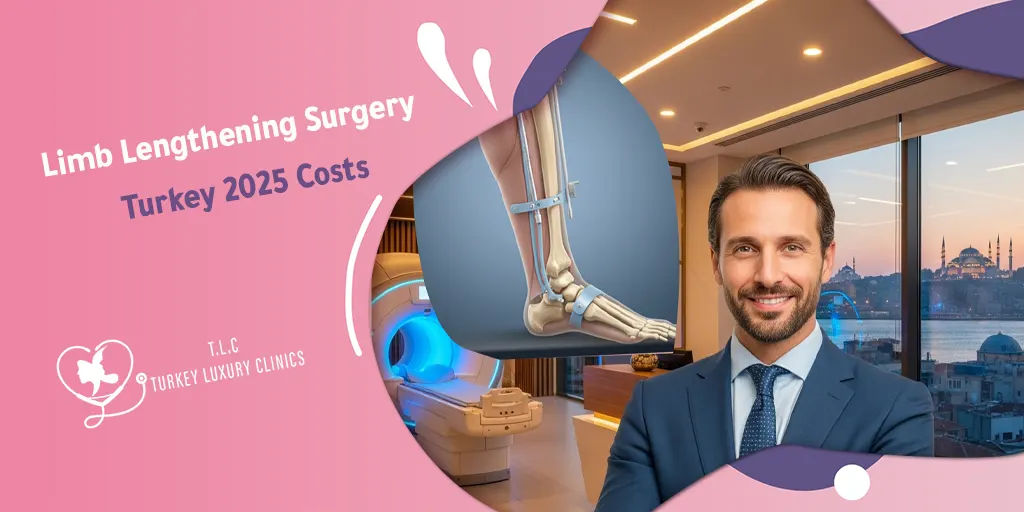

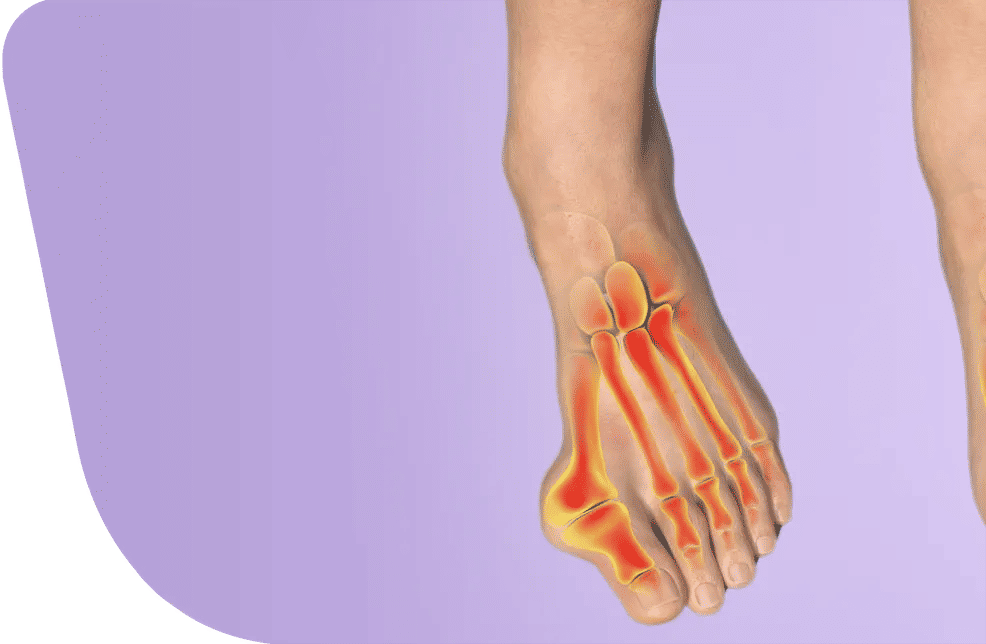

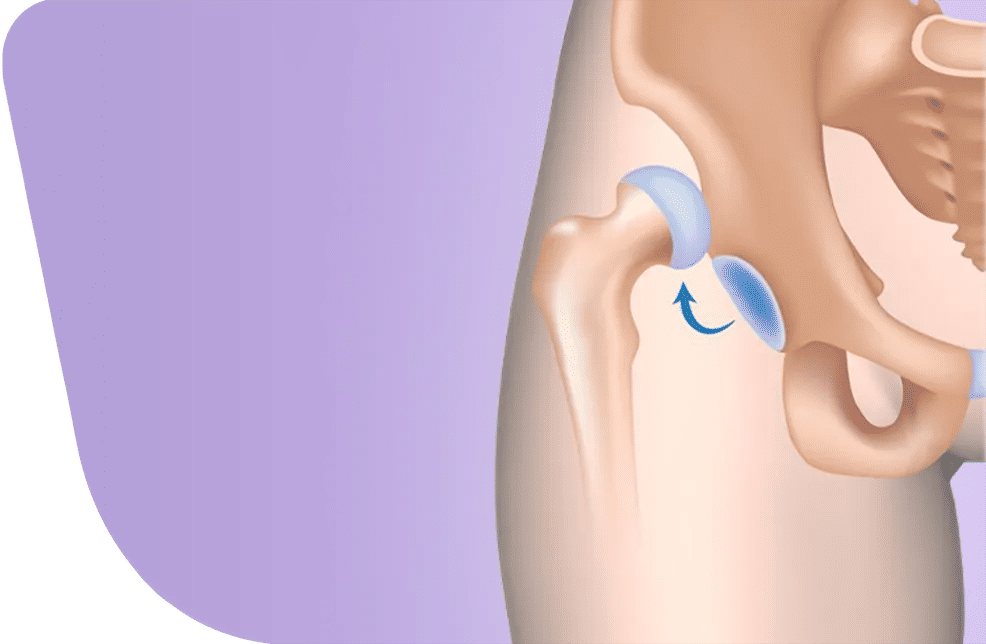

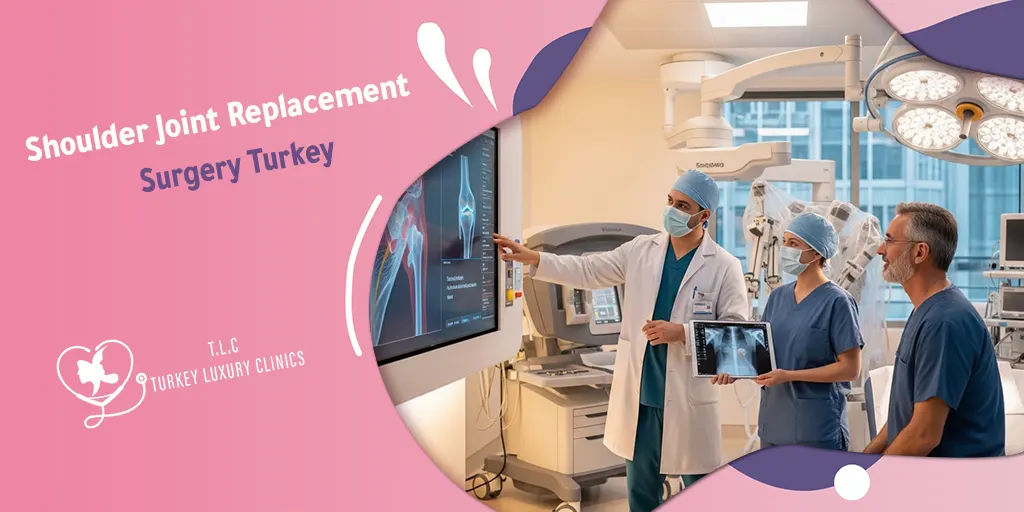
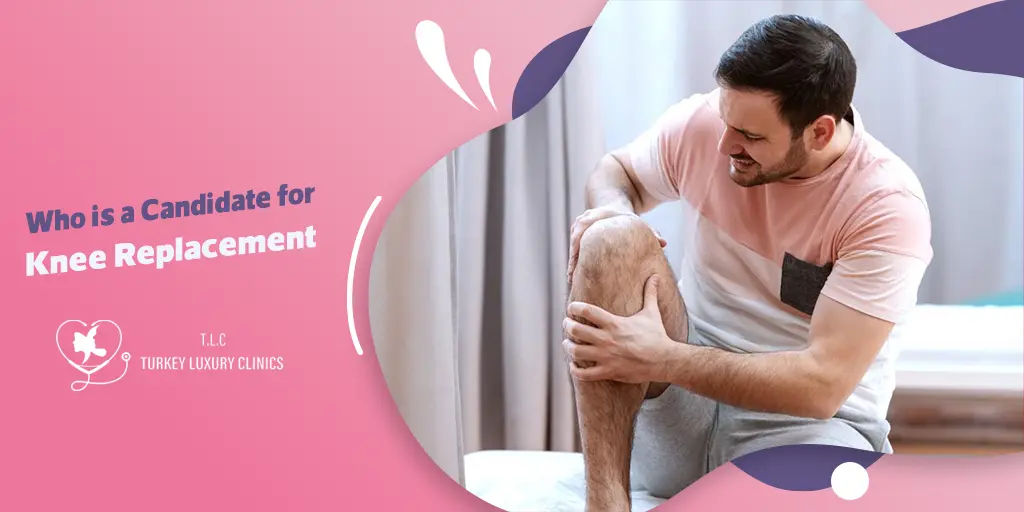
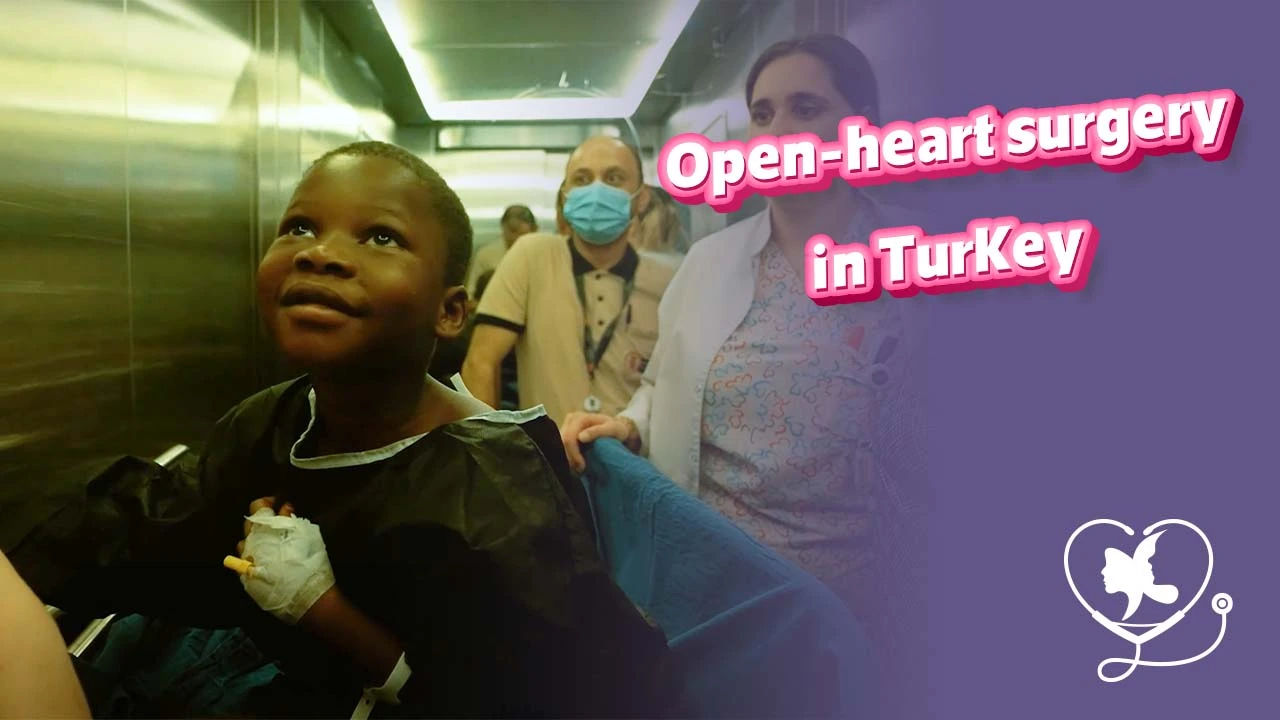


.webp)
.webp)
.webp)
.webp)

